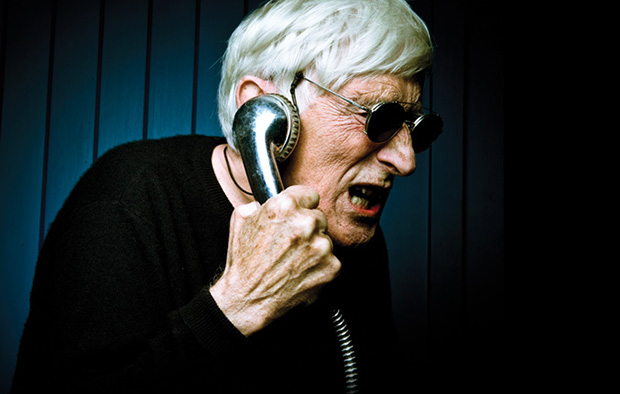
How Tomi Ungerer became an outcast in America
In the second part of this exclusive essay Tomi recalls the moment his love affair with New York soured
To mark the opening of his retrospective at New York’s Drawing Center, running from now until 22 March, the artist, illustrator and Phaidon author Tomi Ungerer has penned a brilliant biographical essay, Don't Hope, Cope, which covers his early years in NYC through to the present day. We posted the first part of it earlier this week; the second extract, which covers his later life, as his American dream soured, runs below. Read on to discover what happened when his love afffair with New York ended.
"After 16 years — blacklisted in the American customs register, my books officially banned from all public libraries — like a rat, I left my leaking yellow submarine. The Trojan horse was now hollow and empty. Having met my wife and sold my caramel Bentley, I went back to where I came from via Nova Scotia. My affair with New York, like a love affair with one’s passionate and willing muse, had ended.
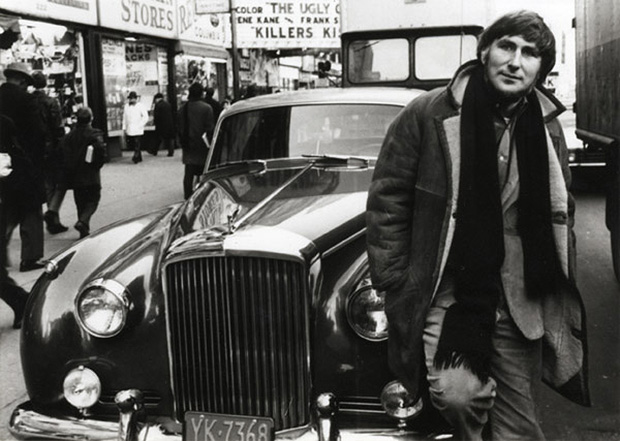
"I arrived in New York, welcomed by the Statue of Liberty, but soon realized that she was turning her back on America. These were the McCarthy years after all and New York was a liberal fortress. The USA was still segregated, and I found myself allergic to its way of life. It became the target of my mephitic comments. By 1970, I had already exhibited in two well-situated galleries in New York. My paintings and sculptures were displayed at the D’Arcy Gallery: no sales, no reviews. The other show at the Waddell Gallery was of my Fornicon drawings. Same flop. Not a peep. I sold a single drawing to British artist Allen Jones. I asked a friend, a reputed art critic, why he wouldn’t write about my show. 'Tomi,' he told me, 'if I did, I’d lose my reputation.' I stopped painting. I went to see Leo Castelli, Andy Warhol’s gallerist. He very kindly told me how much he liked my work, but explained that I was already branded as a 'commercial artist.' I was a pariah in a world of 'fine art,' and the supposed 'art world' was out of bounds — I didn’t fit into any category, be it Abstract Expressionism, Pop, Op, or Mop!
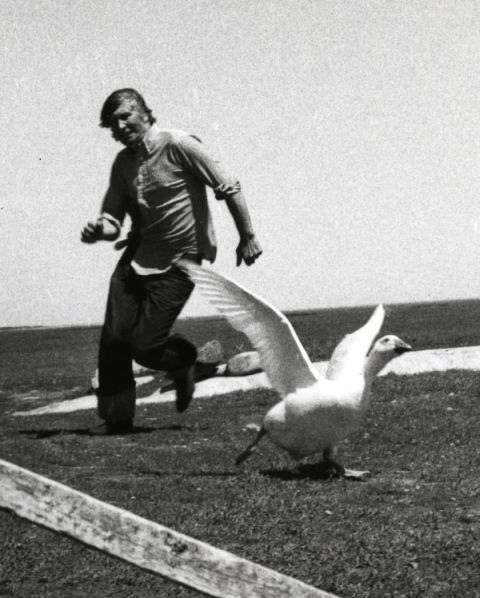
"I felt pigeon-holed like a hawk. The cleft was even worse with the 'children’s-book world,' where my erotic work made me a pestiferous outcast. Politically, technically, erotically incorrect: I was a misfit and, in my own way, I enjoyed it. Relegated, I just felt free. Now, 'once upon a time' is once again. All these stories have the quality of dreams come true: they are convincingly absurd. So is my work. To be milked, dreams must be taken for granted. My freedom of expression is a priority. I never was a joiner; fads, fashions, and trends are a form of tyranny. I love to buzz, butinating whatever art form comes across my path. It is simply too boring to cling to one style and be stuck, mired in one formula. I need the constant challenge of forays into new techniques and new interpretations.
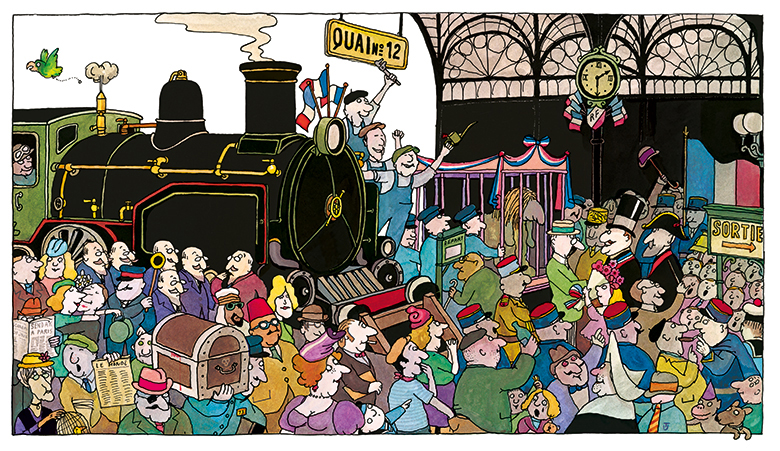
"Fundamentally, I consider myself to be what the French call a dessinateur, a zeichner in German. In English, a drawer — normally part of a chest or piece of furniture, someone tapping a beer keg, or with an 's', a piece of underwear. No muse has ever been attributed to drawing, usually relegated to a No Man’s Land between art and craftsmanship. The Drawing Center is a rare exception and the only museum of its kind that I know: a dedicated institution; a rehabilitation center; and an asylum for many talented artists whose line of work remains neglected or forgotten. Considering that I started my career in New York, having this exhibition brings me back to where it all began, with ingrown gratitude. Criminals, it seems, are drawn back to the scenes of their misdeeds.
"Ever since I was born, I perceived myself constantly as an exile; a commuter going back to where I came from. At nineteen, when hitch-hiking, I crossed the iron curtain into Lapland and was able to get back out. I realized that borders were meant to be double-crossed. With my chameleonism, I am always adapting to be adopted. My identity is split as a banana. I am a Jekyll playing Hyde and seek. My drawing and my writing know no demarcation line. Even Death is but an emigration officer. Expect the unexpected! Shall I rest in pieces or peaces? 'To was or not to was!' Time I hope will never tell — a question sometimes is more salient than the answer. 'Don’t hope, cope!'
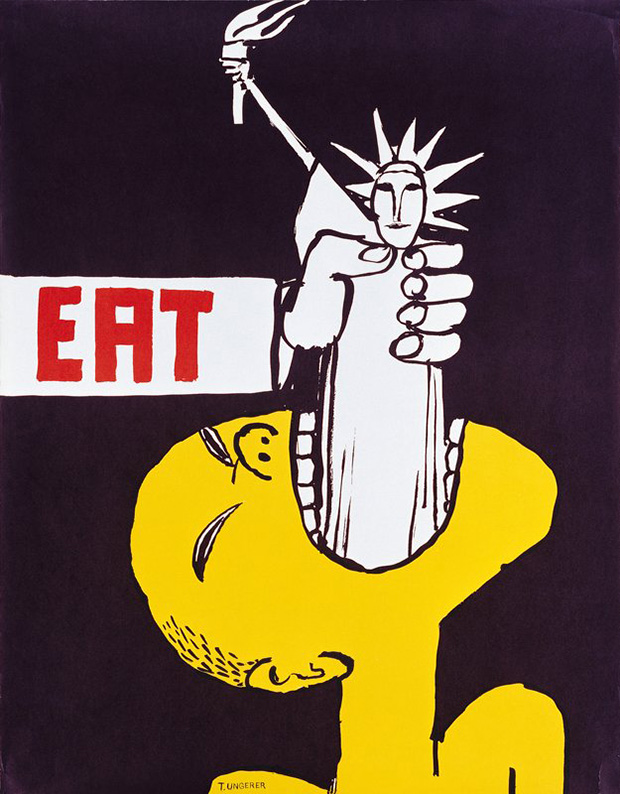
This is the second installment of a two-part essay by Tomi Ungerer which appears in the catalogue for his retrospective at New York’s Drawing Center. We will published part one earlier this week. To coincide with the show our friends at Artspace have created a limited edition print of his anti-Vietnam war illustration Eat, 1967. You can buy that at Artspace here and also read a great interview with Tomi at Artspace here. To browse all Tomi Ungerer's great Phaidon books click here.